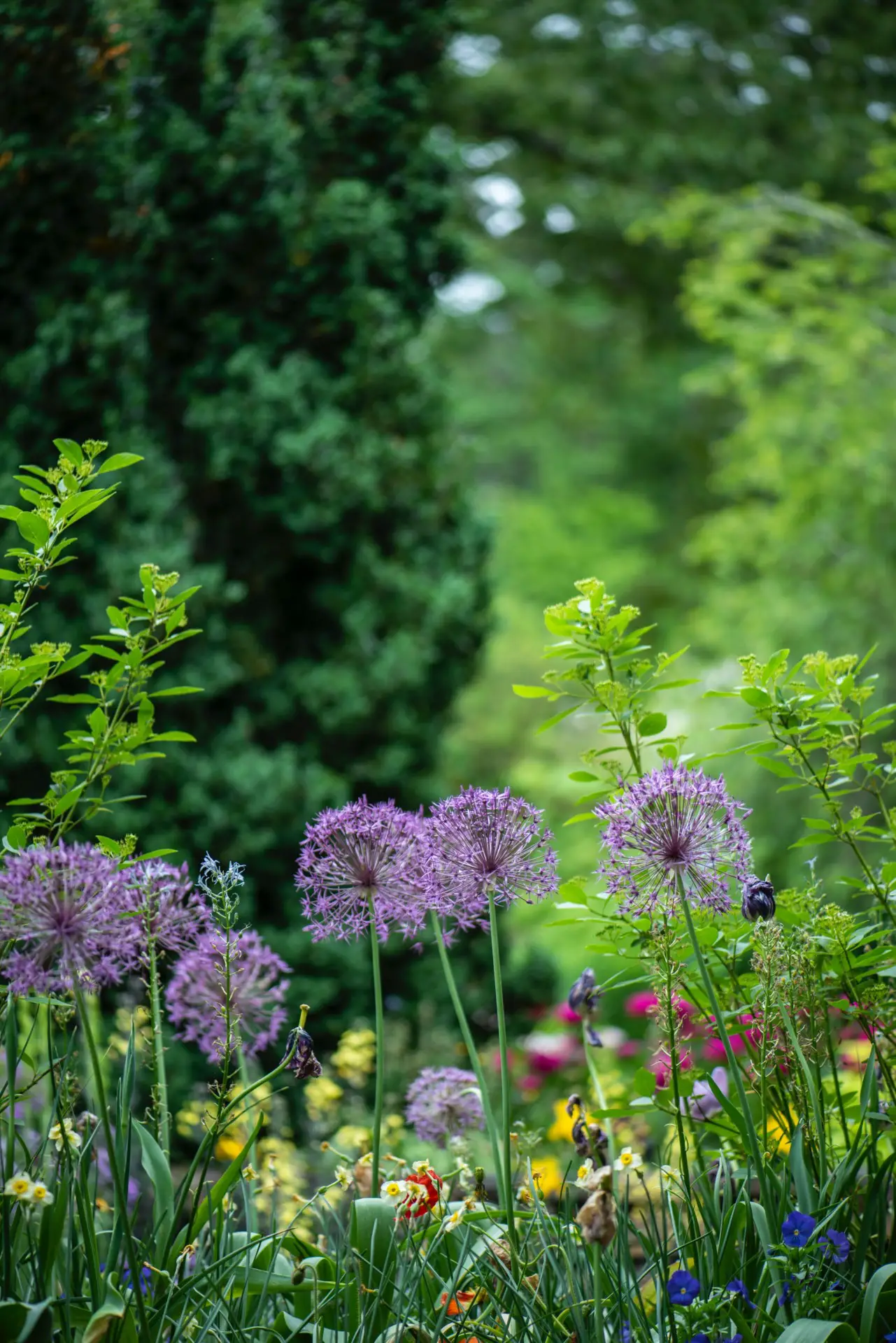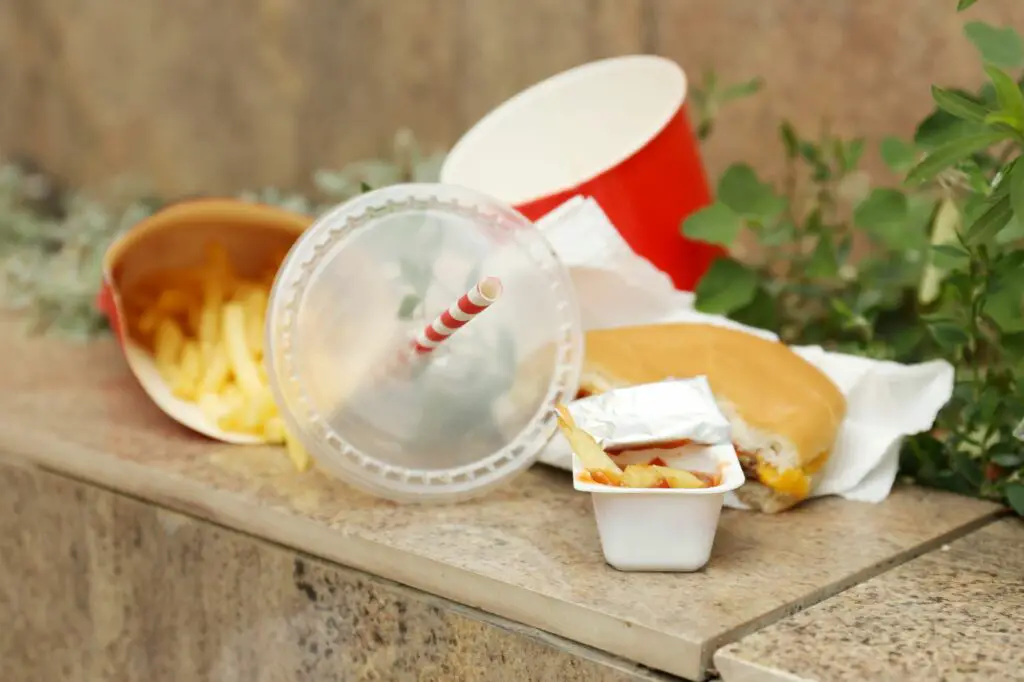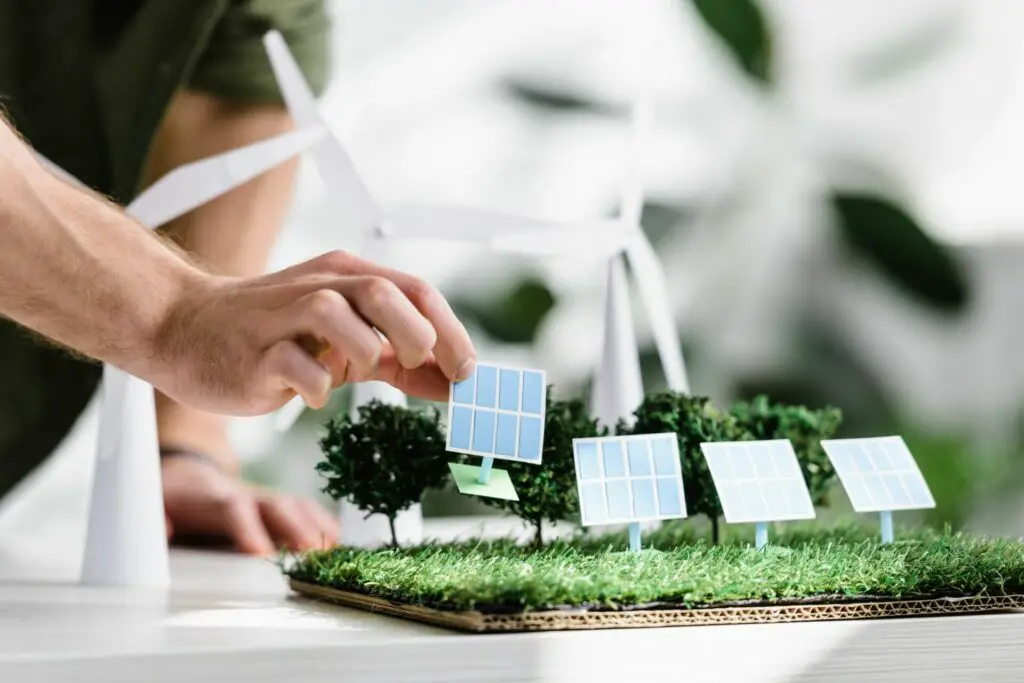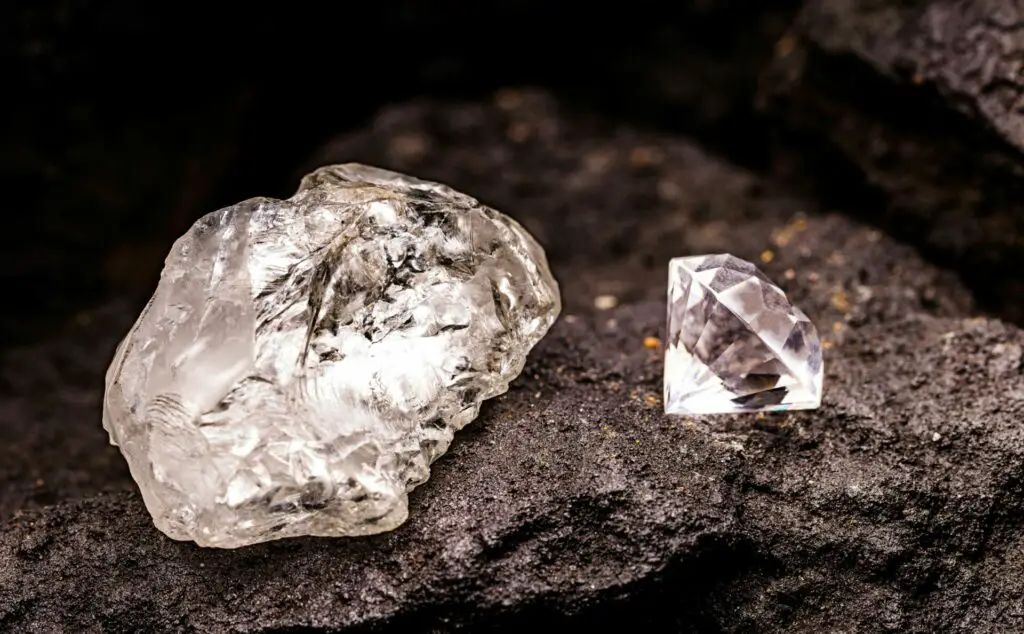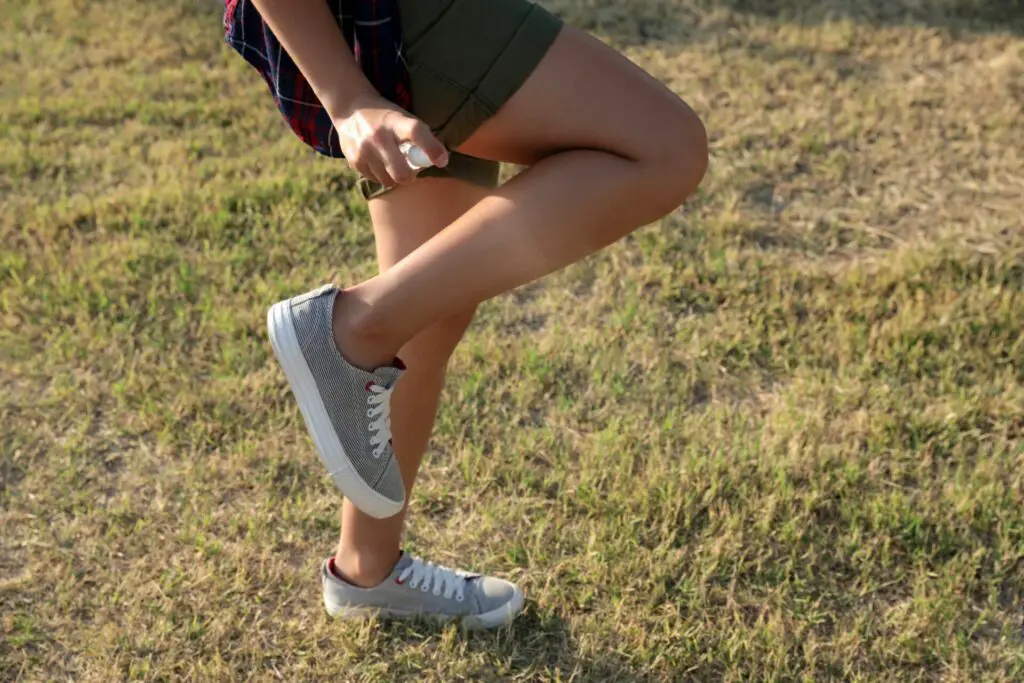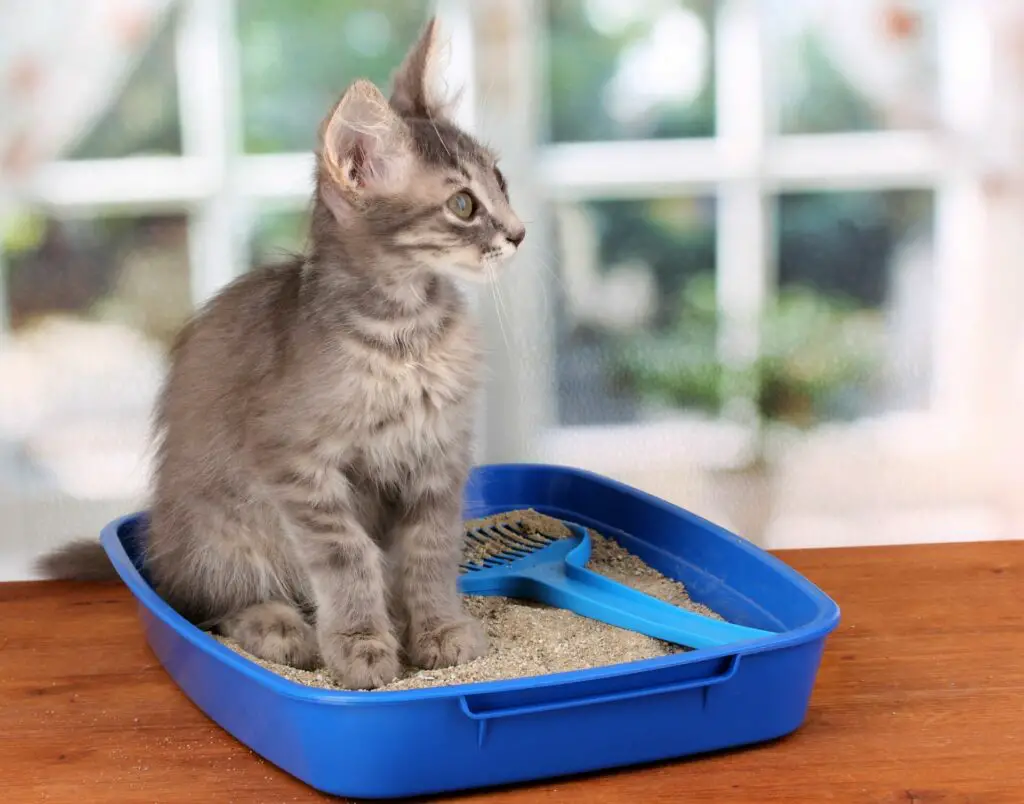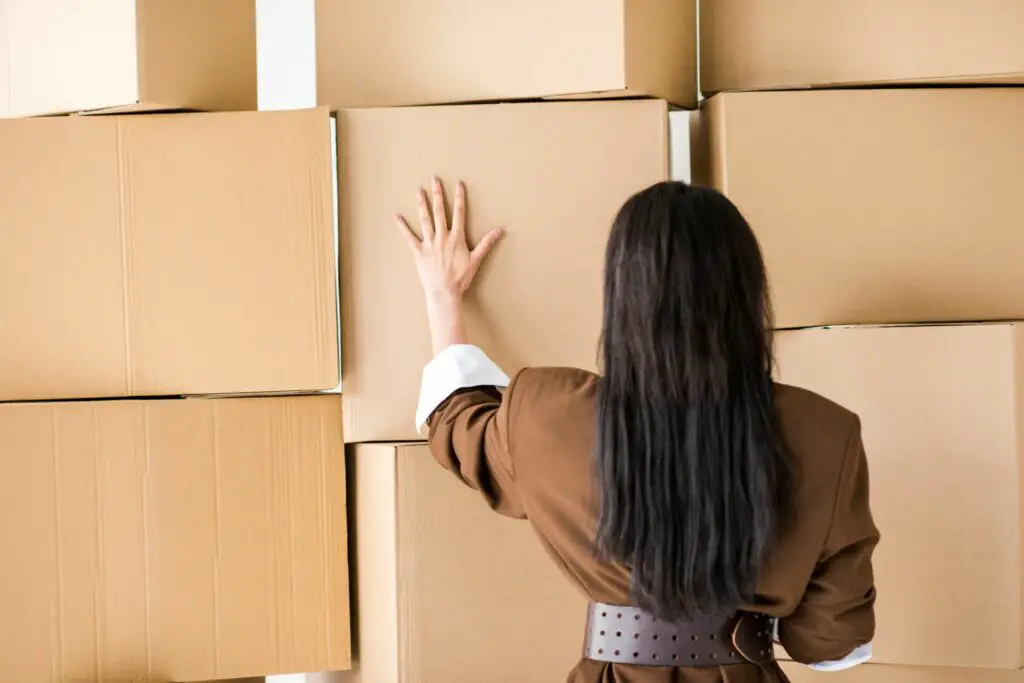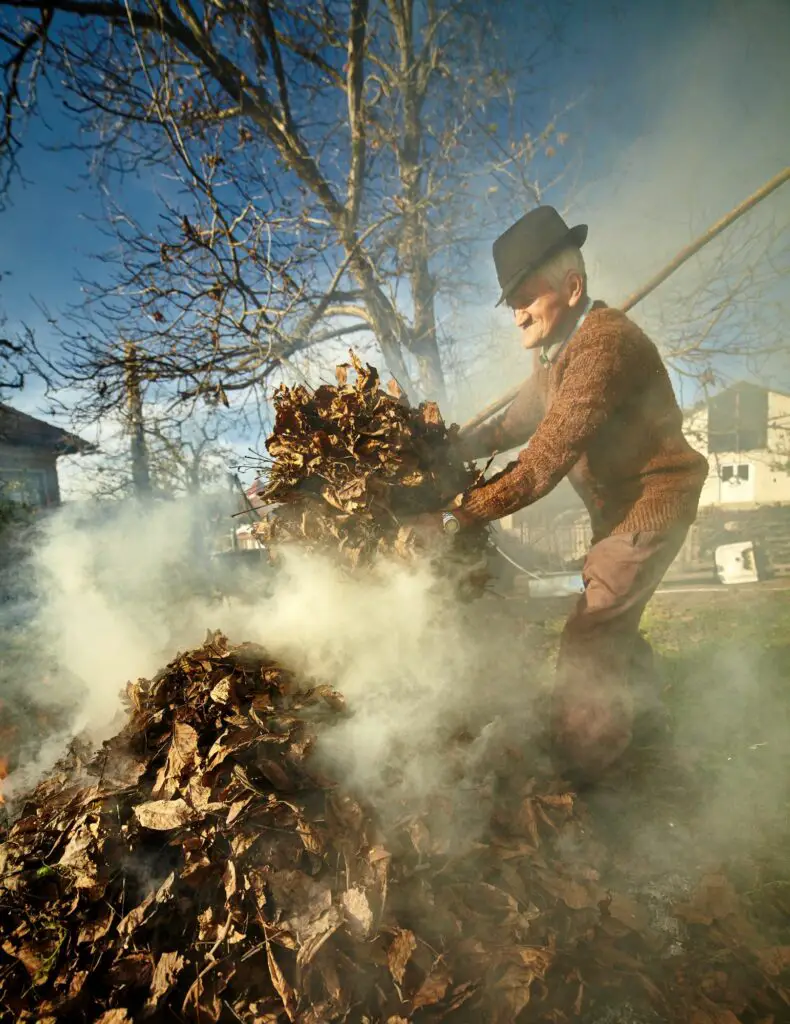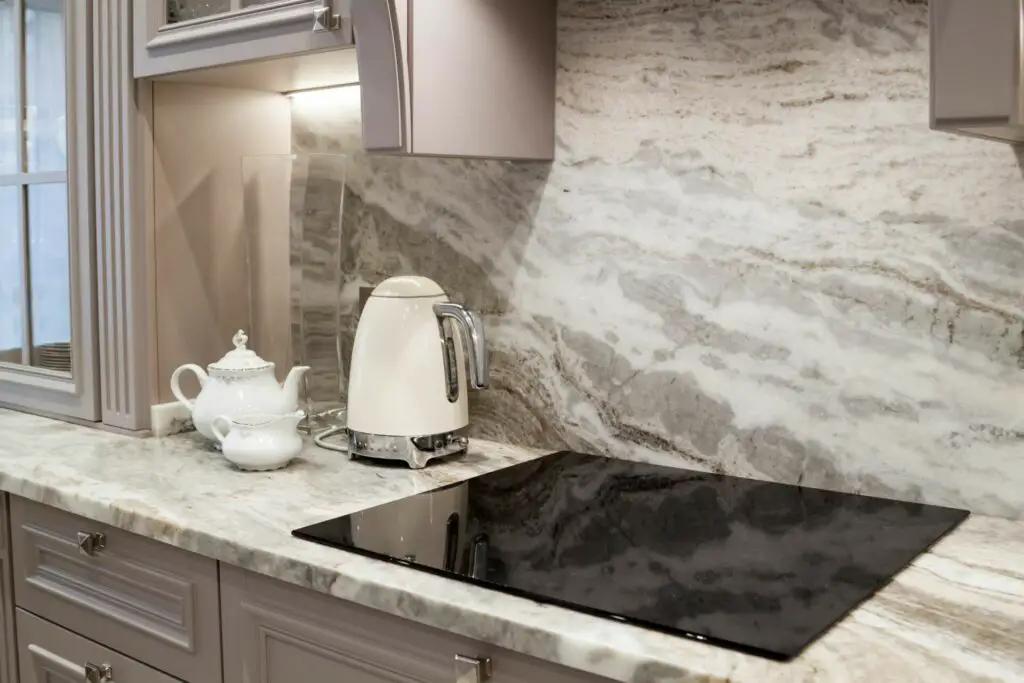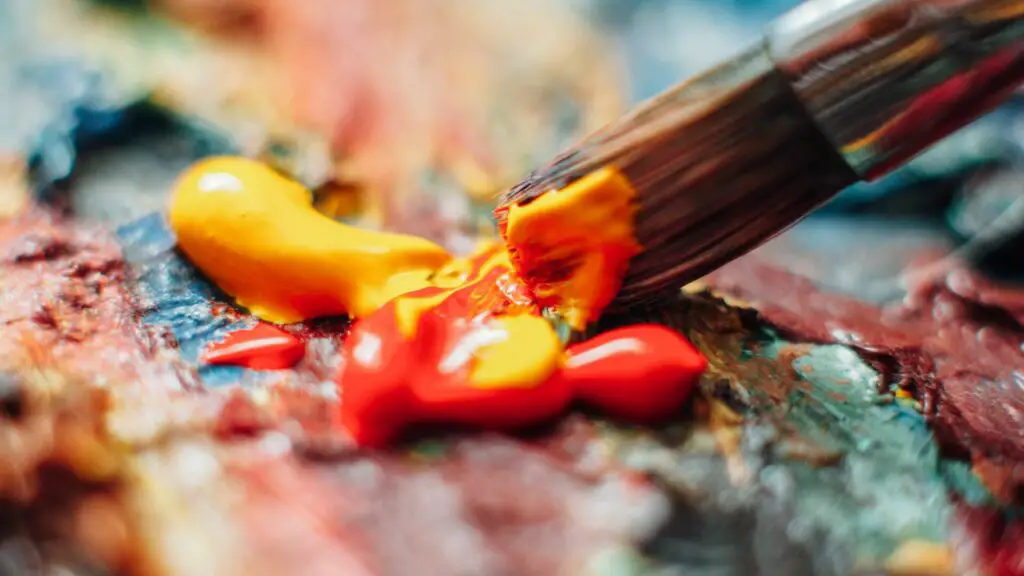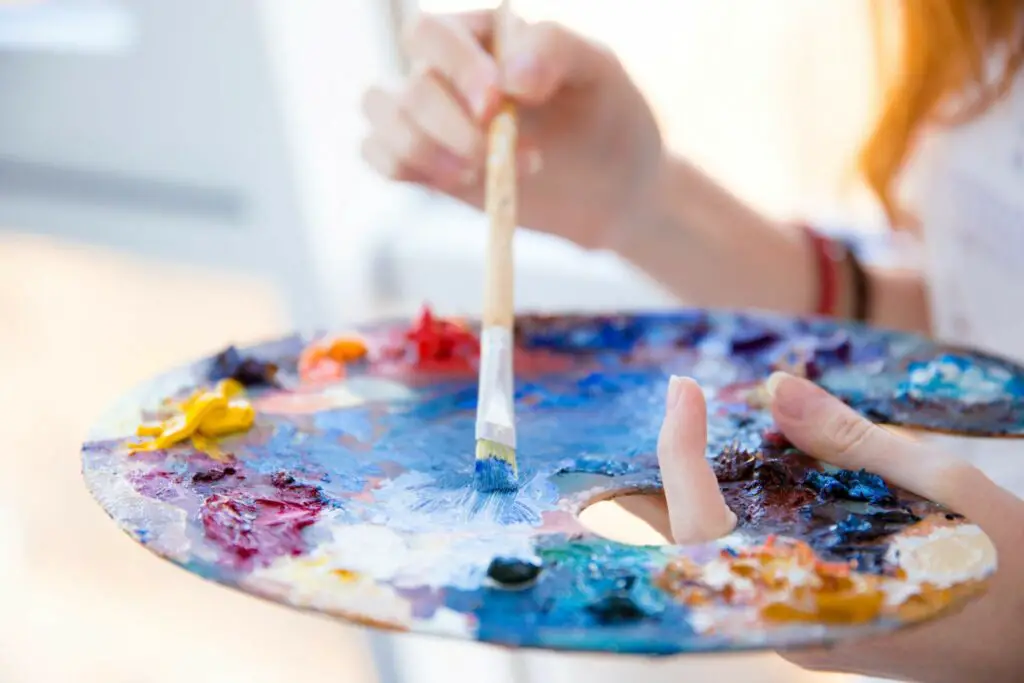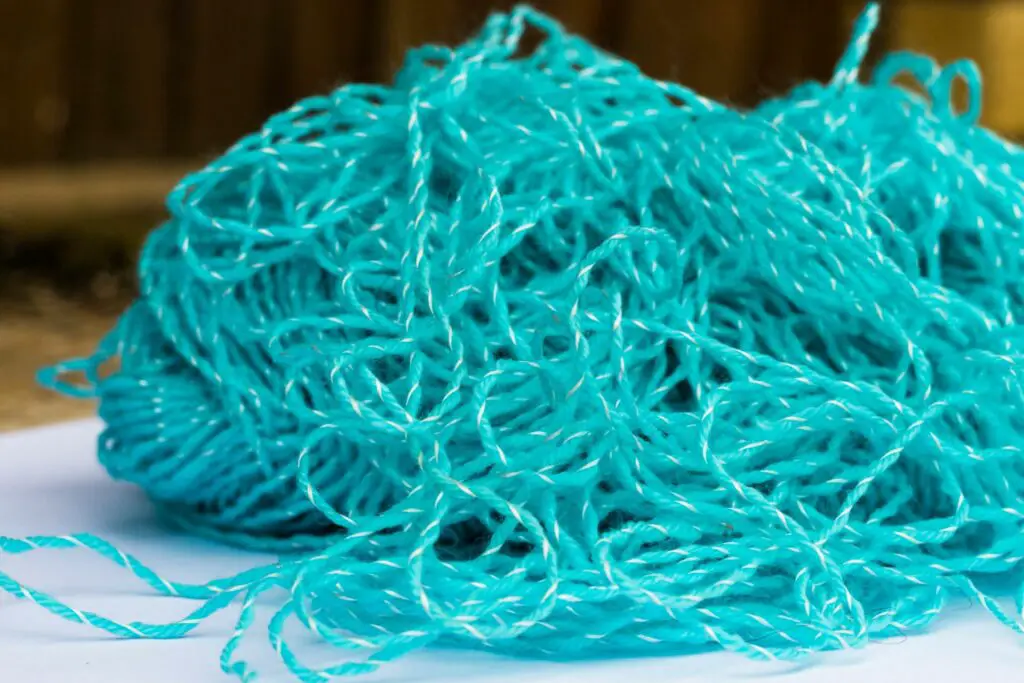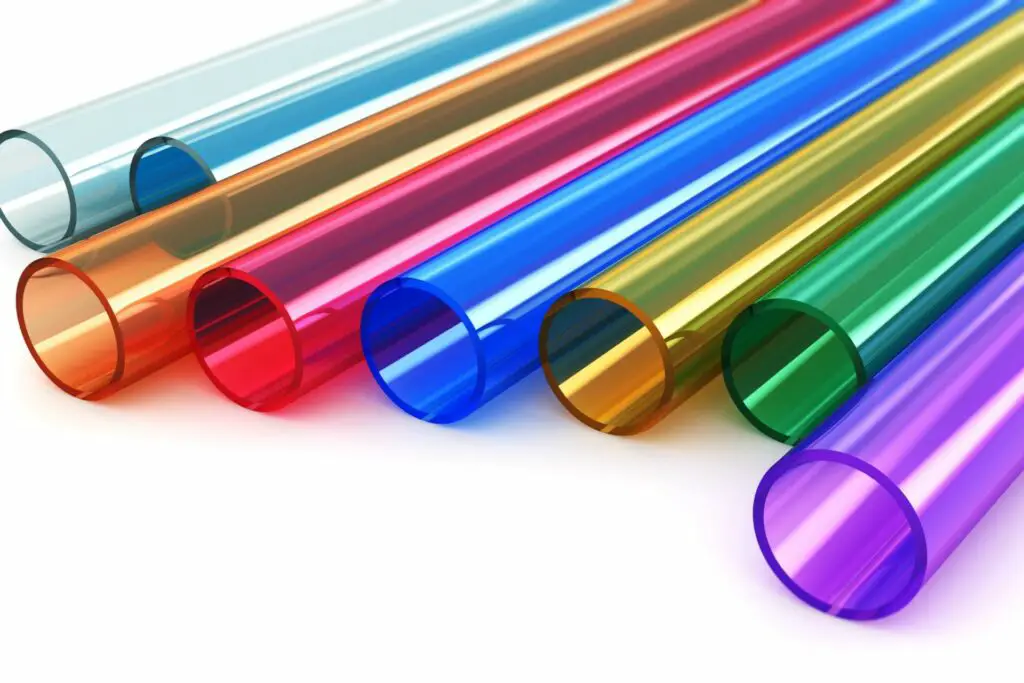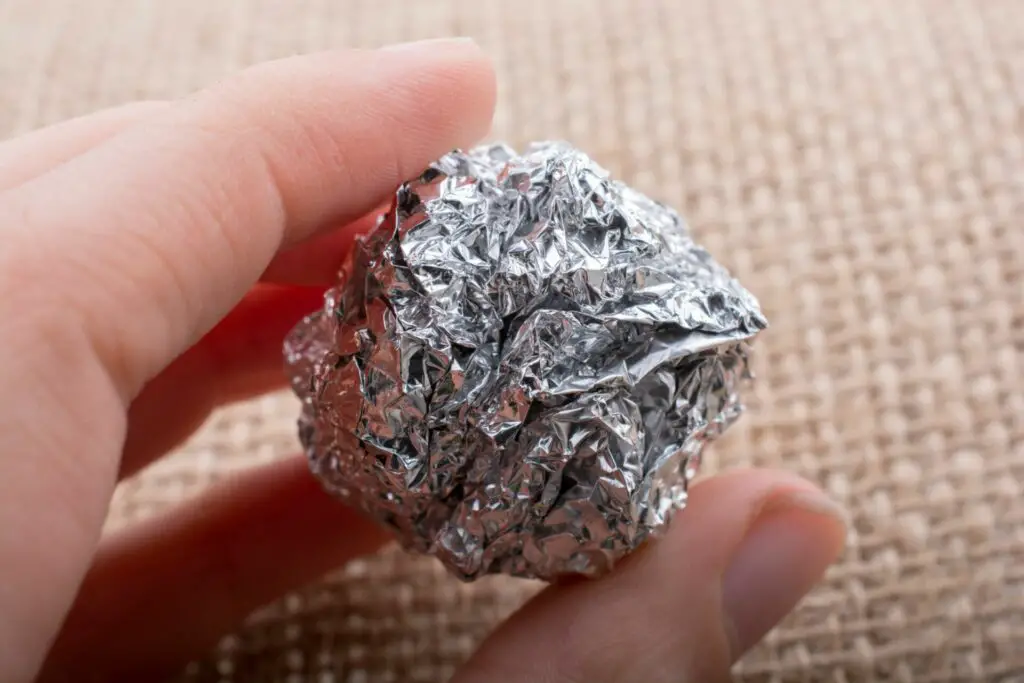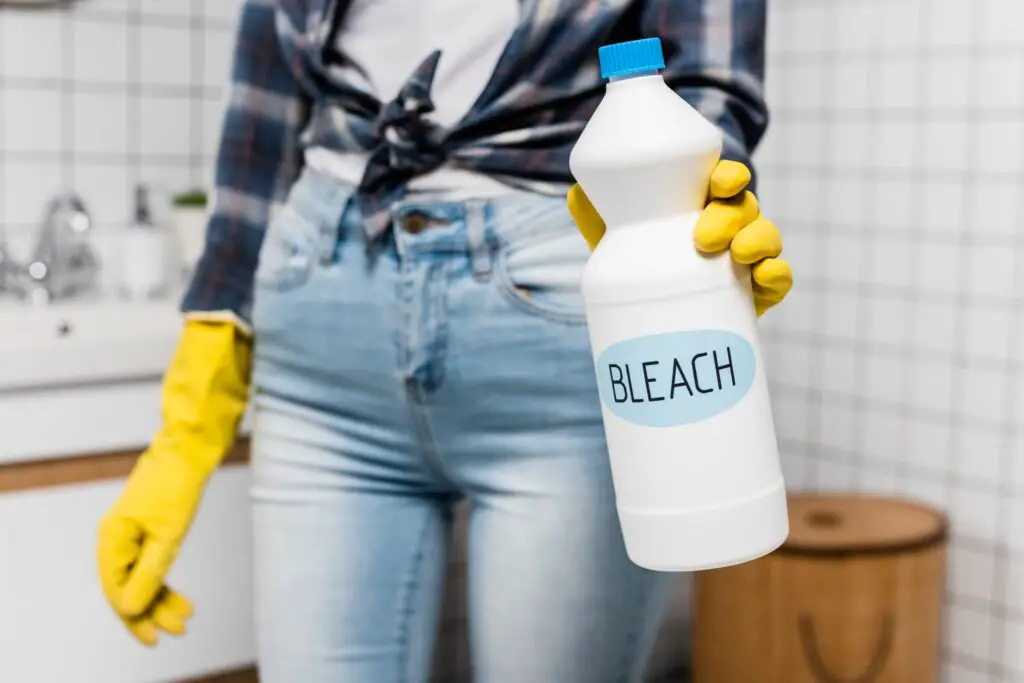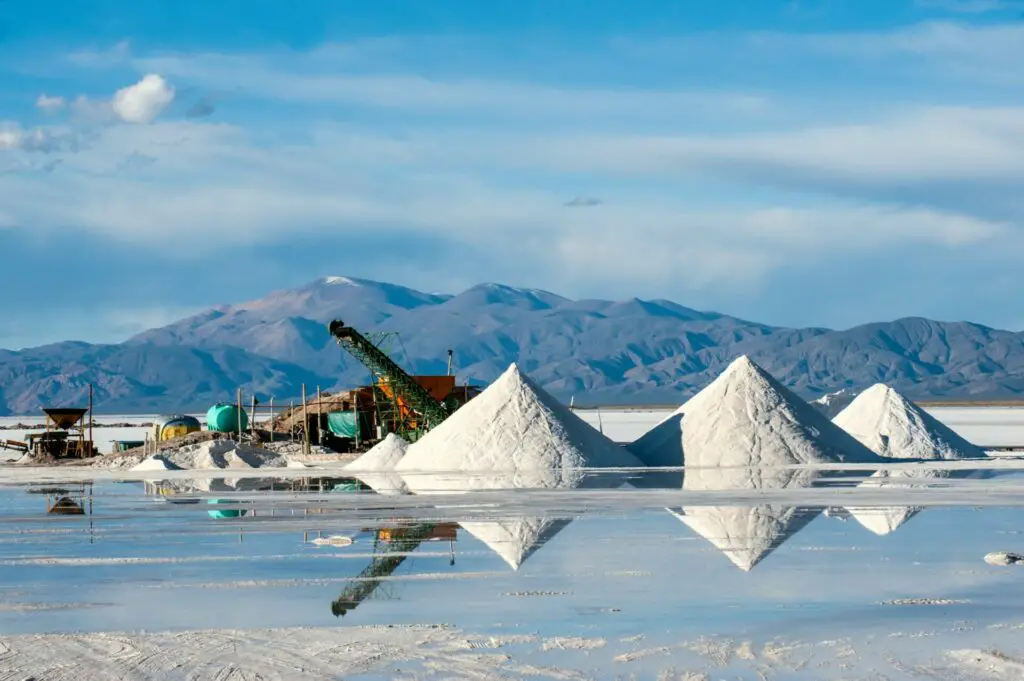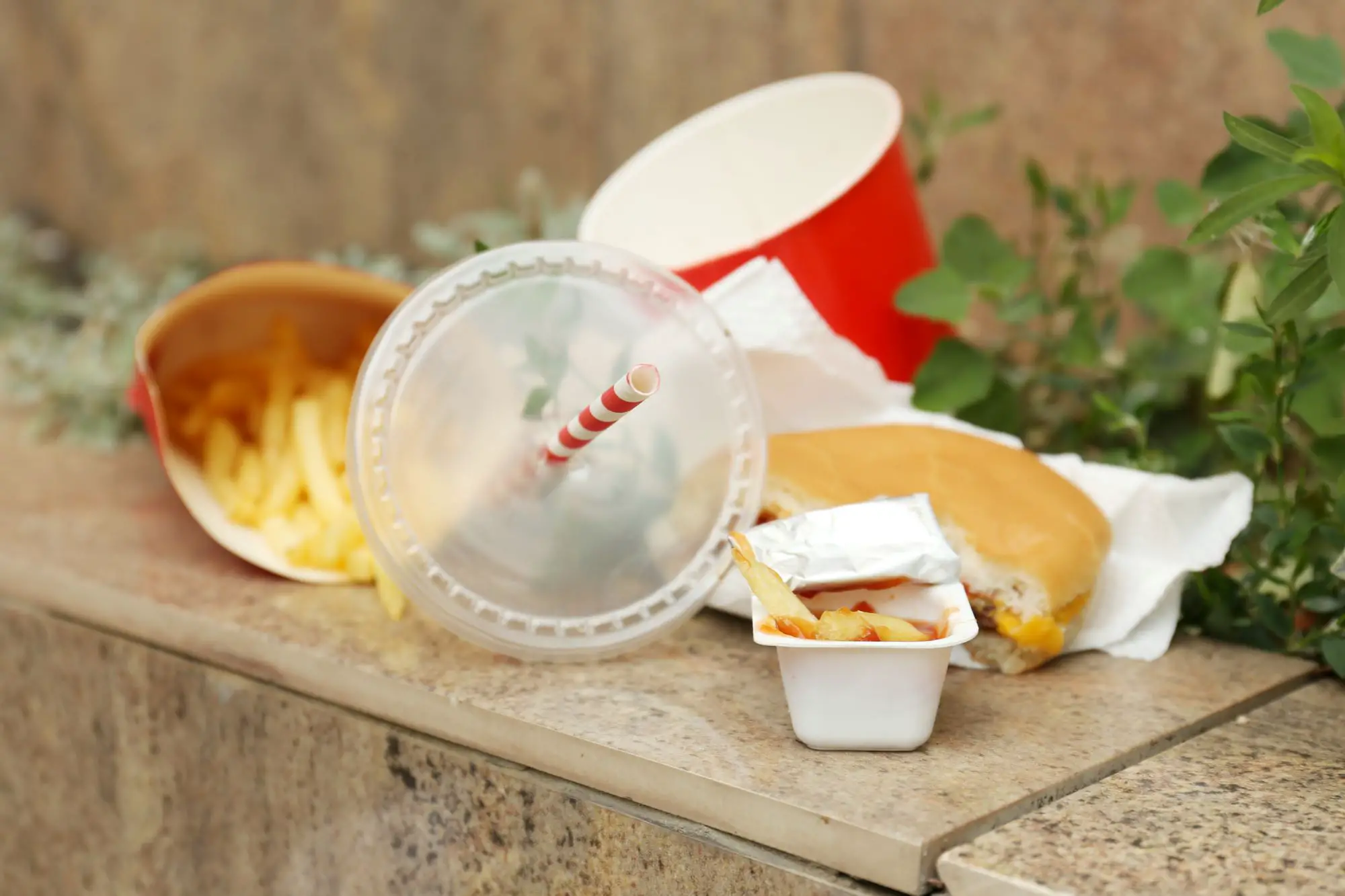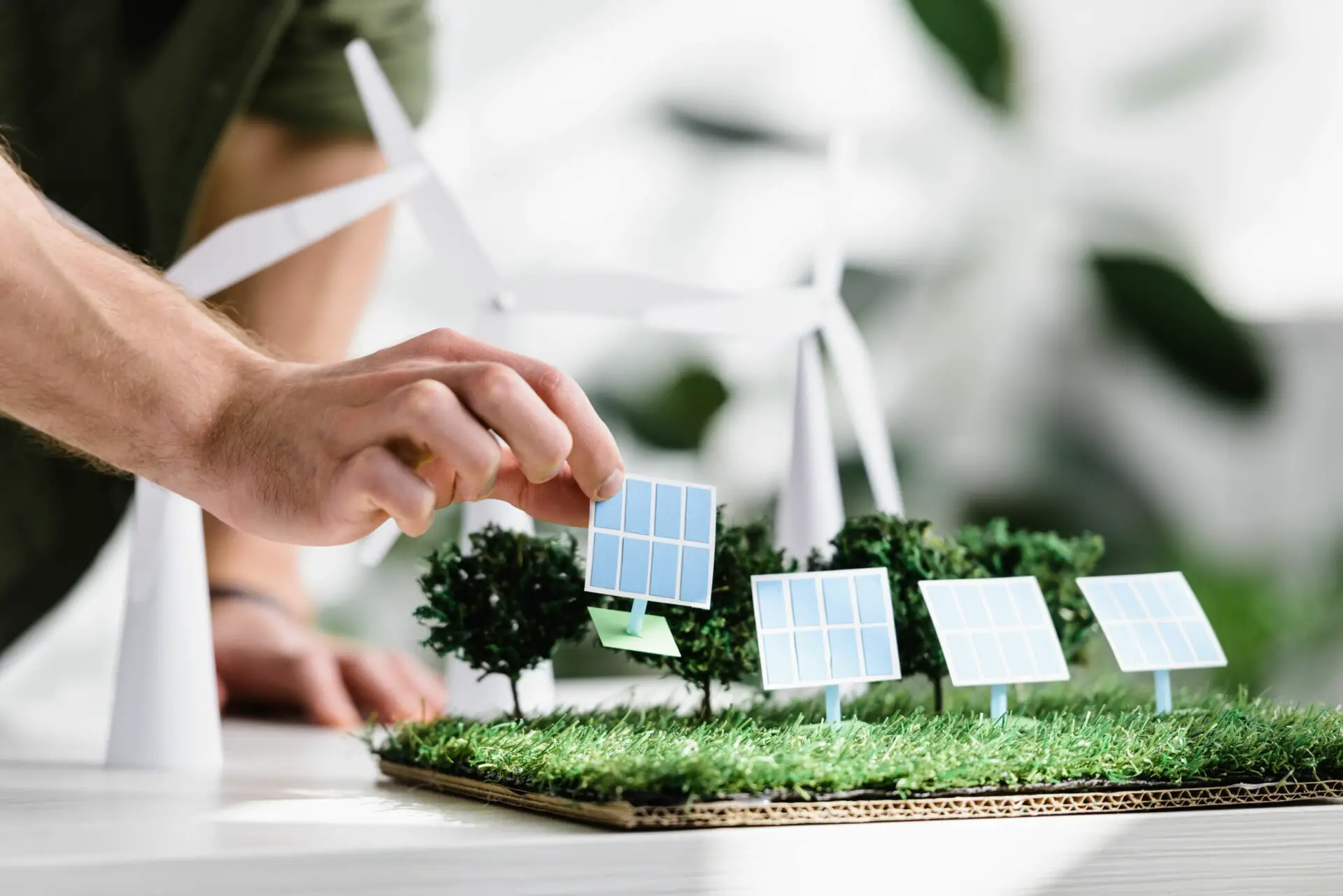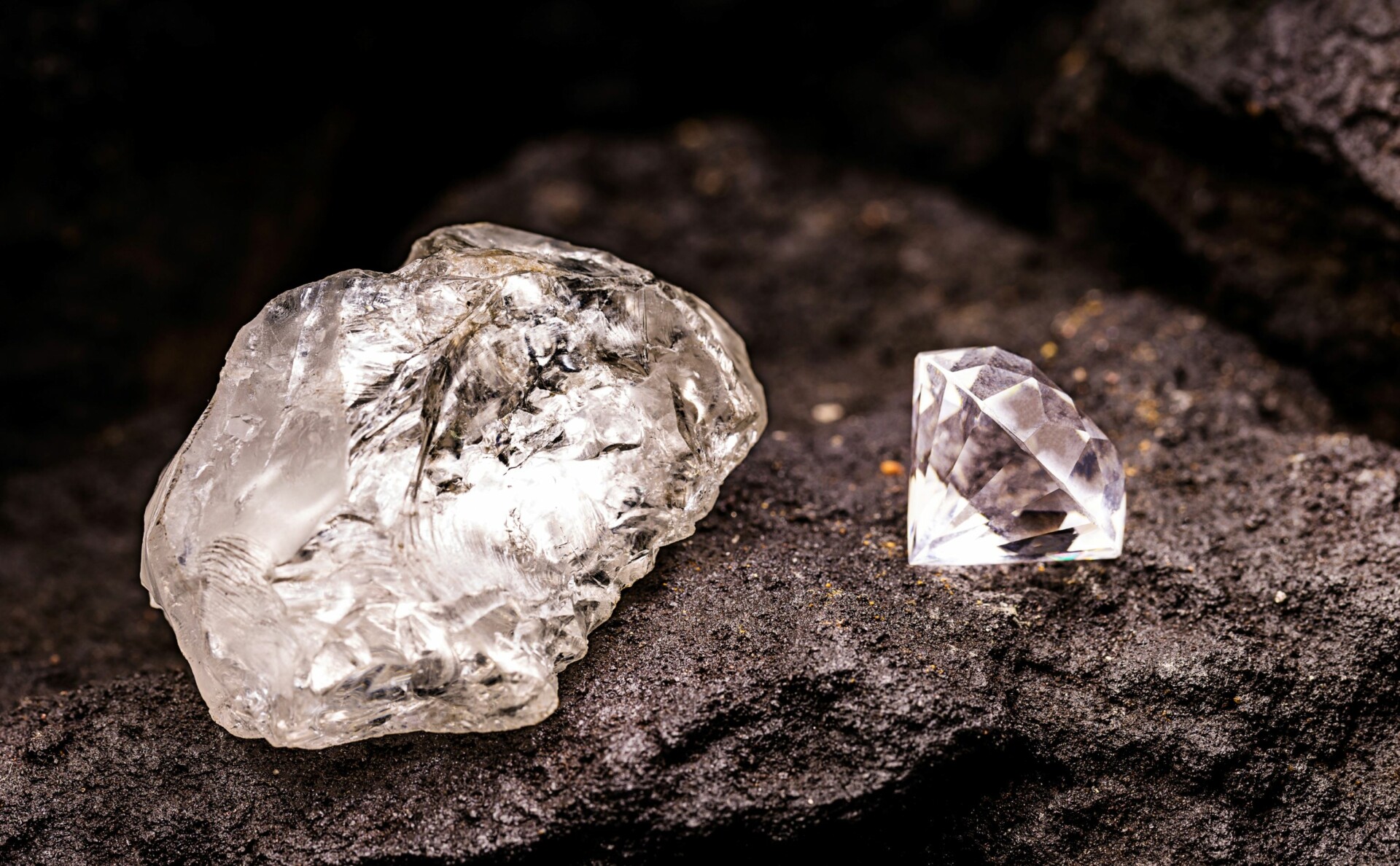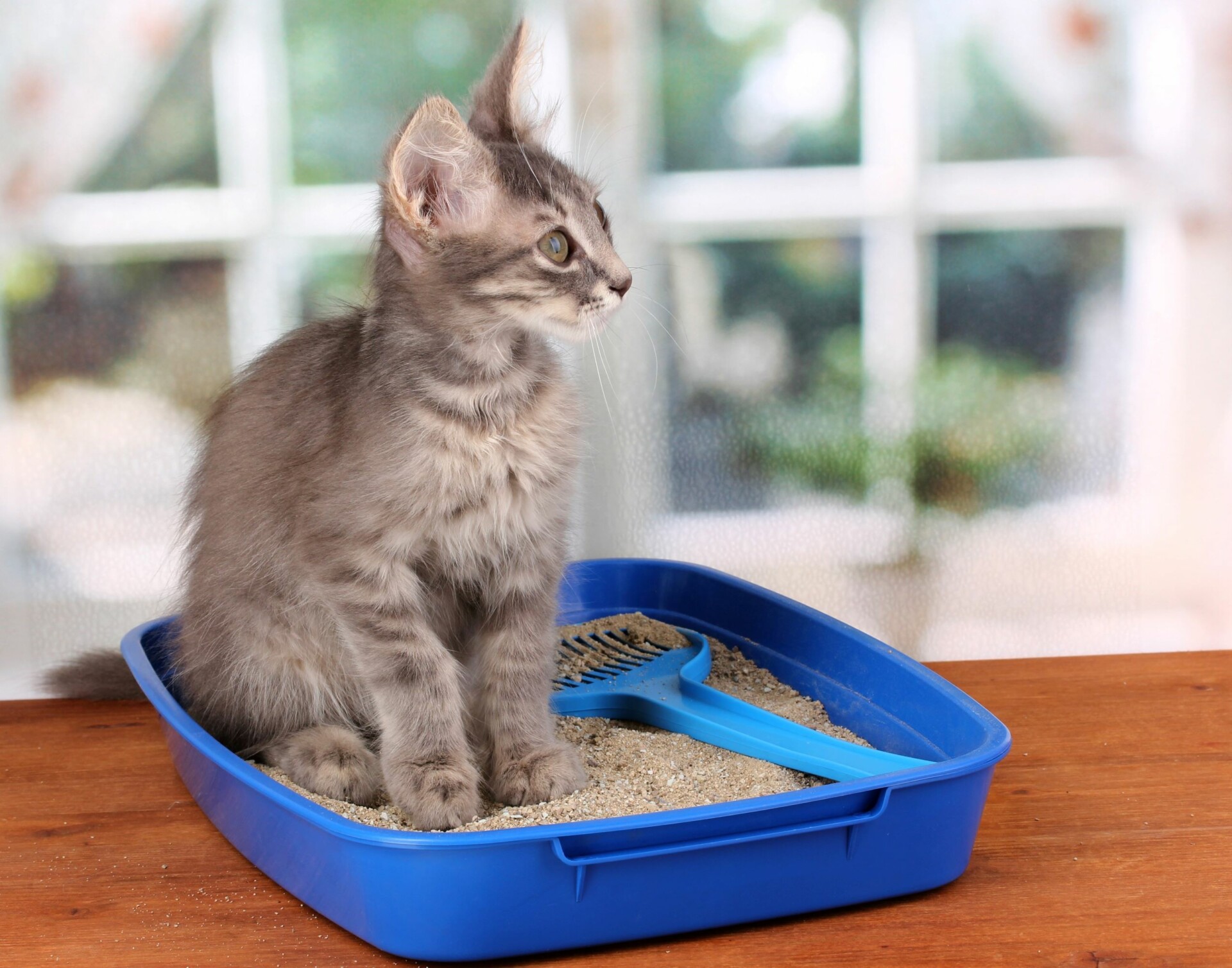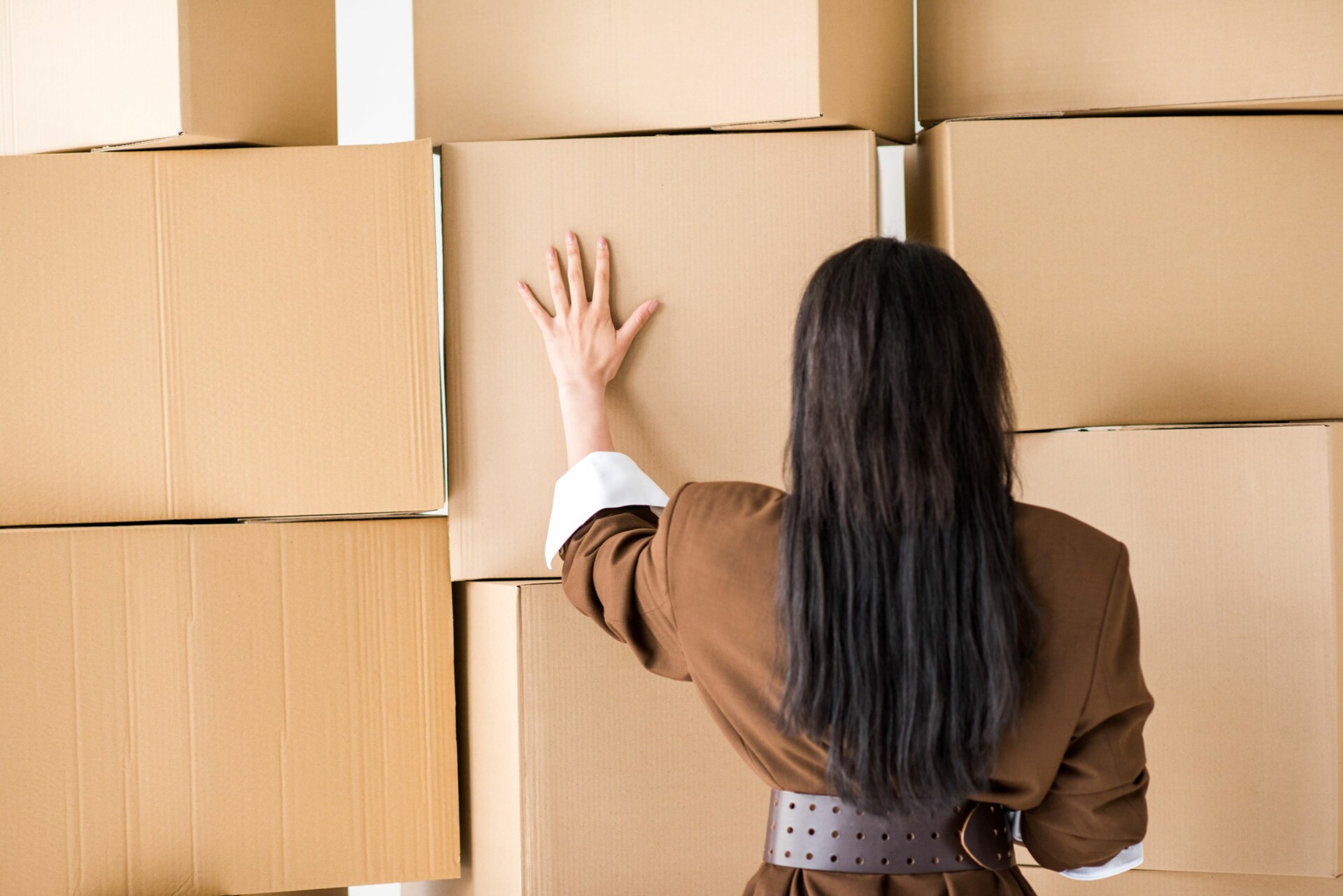Do you know where each plant in your garden came from?
Not the original seed packet or greenhouse sale that you purchased it from but where it — and the genetic line of plants leading up to it — really came from?
Very few ornamental and vegetable plants are native to the areas where they are grown.
Even when native varieties are available, many gardeners reach for exotic species over those literally and figuratively growing in their backyards.
Native gardening prioritizes the use of plants that grow naturally in a given area.
And this isn’t just about staying true to your home.
The prevalence of non-native garden species has real consequences for the environment as a whole.
In some cases, you could even argue that sustainable gardening is impossible without the use of native species.
What Does Native Gardening Mean?
Native gardening uses plant species that grow naturally in an area to create functional and aesthetically pleasing landscapes.
Native species can include nearly anything: Trees, shrubs, flowers, grasses, and even fruit-bearing plants like wild raspberries.
Because native flora varies greatly by location, there is no blueprint for what a native garden should look like.
How Can You Tell If a Plant Is Native?
The best strategy is to research common native plants in your area so you are readily equipped to identify them.
Native plants come in all shapes, sizes, and colors. Some invasive species will stand out from the local flora but this isn’t always a reliable method for identifying non-native plants.
It’s also important to consider your area’s climate. The plant life native to a desert climate is much different than what you’ll find in a temperate rainforest!
There are many resources available for plant identification, ranging from physical handbooks to mobile apps.
Even if you don’t recognize a plant at first, it’s never been easier to identify different species on the go.
While all of this information can help identify plants in the wild, finding native species is much simpler in a retail setting.
The vast majority of greenhouses will clearly label native species for their customers. Some even have entire sections dedicated to native plants.
If you’re ever unsure about whether a particular species is native or not, contacting your local Department of Natural Resources (or similar office) is a great last resort.
What Are the Benefits of Native Gardening?
Water Consumption
Sustainable irrigation is at the forefront of many gardeners’ minds.
If you’re concerned about how much water goes to keeping your lawn and garden alive, switching to native gardening is an excellent solution.
Native plants are built to handle the natural rainfall in their environment.
You can cut down dramatically on irrigation by filling your garden with native species.
Chemical Use
The contemporary gardener spends countless hours applying chemical treatments to their beds.
Without these products, most common garden plants would fall victim to pests, weeds, disease, and nutritional deficiencies.
Why do non-native plants need so much help just to survive? Because they’re not biologically built for the environment.
Native plants are well-suited to local soil conditions, pest species, pathogens, and more. After all, there’s no better protection against natural threats than evolving alongside them.
To put it simply: Native gardening often means less need to apply chemical treatments.
This benefits the environment as well as saving the average gardener a significant amount of time, labor, and money.
Wildlife Support
Ecosystems are an intricate web of plants, animals, and more.
Every species has a specific role — from the tallest trees to the tiniest fungi — and the loss of just one can have a rippling effect throughout the entire environment.
Native plants have developed over many, many years to fit the specific needs of the surrounding ecosystem. This often includes providing habitats and food sources for wildlife.
More often than not, non-native plants are unable to fill these roles to the same extent (if at all).
Native gardening practices can help support local wildlife even when the species being planted don’t matter.
By growing native plants that require fewer chemical fertilizers and pesticides, you can lessen the impact your garden bed has on pollinator populations and other species that depend on them.
What Are the Downsides of Native Gardening?
Plant Selection
One of the biggest drawbacks to adopting a native gardening style is the limited plant selection.
Today’s gardens frequently feature plants from all over the globe. But with a native garden, you’re limited to the plant species (figuratively and literally) growing in your backyard.
Another thing to consider is that not all native species will be appropriate for a garden.
For example, endangered plants are often illegal to sell or relocate from the wild.
Pests
Native gardens work extremely well for drawing in wildlife. This includes desirable animals as well as annoying or damaging pests.
Over time, a balance tends to be reached between these pests and their natural predators.
While you might see an increase in the number of pests in your garden for a period, this is often followed up by other native species moving in to control the populations.
Problems arise when the influx of pests (even if it is short-lived) affect areas surrounding your native garden beds as well.
There’s a good chance that the new pests won’t just stay in your garden.
You may notice increased numbers of pests in your home and backyard. Even neighbors might report seeing more unwanted wildlife on their properties.
Curb Appeal
Beauty is in the eye of the beholder. Unfortunately, not everyone enjoys the look of native gardens.
Some people see these beds as clumps of weeds rather than aesthetically pleasing gardens.
Homeowners who live in an HOA or must adhere to general community guidelines may experience pushback from neighbors when installing a native garden.
Can Anyone Do Native Gardening?
Yes. In some cases, native gardening can even be more accessible than other styles of gardening.
Is Native Gardening More Work?
Native gardening requires quite a bit of research and planning at the outset.
Neglecting these steps will lead to a garden that likely isn’t as self-sufficient as it could be.
Once your native garden is established, though, you’ll find it takes far less work to maintain than a traditional vegetable or ornamental garden.
Most of the physical labor that goes into maintaining a garden involves fighting the natural environment.
With native plant species, there’s little need to worry about things like irrigation, fertilizer, pests, or disease.
Is Native Gardening More Expensive?
While you will probably spend less caring for a native garden over its entire lifetime, this gardening style isn’t necessarily cheap.
Finding native plant species may require ordering from specialty retailers and paying premium prices. The rarer a species is, the more you can expect it to cost.
How Do I Start a Native Garden?
The biggest hurdle to starting a native garden is the initial research.
If you’re feeling overwhelmed by selecting plants that are appropriate for your garden, search your area for an extension office or group that specializes in native gardening.
There are countless initiatives around the world dedicated to educating gardeners on native plant life and more sustainable practices.
Even experienced gardeners can benefit from these valuable resources!
How Do You Prepare Soil for a Native Garden?
That’s the beautiful thing about native gardens — you rarely need to make amendments to the soil.
Since native plants grow naturally in the local climate, they tend to be perfectly suited to the nutritional content of the existing soil.
With that said, there are always some exceptions.
If you plan to dig a garden bed in an area with very sand- or clay-heavy soil, you may need to make adjustments.
The same is true if you’re converting a previously landscaped lawn to a native plot.
The goal in these cases should always be to mimic fertile topsoil found in the wild.
Stick with organic compost. Leaf mulch is an excellent option that can be harvested by hand or bought in bulk for your new garden beds.
5 Tips for Successful Native Gardening
1. Create a Garden Plan
Native plants are extremely resilient. Yet they’re not resilient enough to withstand any and all growing conditions.
Before starting your native garden bed, be sure to observe the space for things like sunlight, rainwater run-off, and wind exposure.
These factors will play a role in deciding which plants will thrive in a specific location and which are better suited elsewhere.
2. Eliminate Weeds
Planting a native garden bed doesn’t eliminate the need for weed control.
Weeds will leach valuable nutrients from the soil and impact the aesthetic appeal of your garden.
The best course of action is to address the weeds before your garden bed is even planted.
Covering the future bed with plastic will kill off mature weeds and their seeds. Hand-pulling is incredibly effective against less voracious weed varieties.
Continued hand-weeding after your garden is full of native species will keep most invaders at bay.
In many cases, pre-emergent herbicides (cornmeal is one natural option) can be safely applied to the garden to prevent new seeds from germinating.
3. Plant for the Seasons
Native flowers are one of the great boons of these garden beds. So you don’t want your garden to bloom for only one or two months out of the year.
Planting species that bloom in succession will keep your garden bright and colorful for as long as possible.
It will also ensure the native pollinator populations have a continuous food source.
The simplest method is to break your garden plants into spring, summer, and fall bloomers.
Mixing all three groups throughout your garden beds will create an ever-changing display of flowers from early spring to late fall.
4. Water When Necessary
Ideally, a native garden can sustain itself off rainwater alone. But don’t let that goal stop you from building a successful native bed.
There will be times when supplemental watering is necessary.
If your area experiences unusually hot and dry weather, manual irrigation may be needed to keep your garden going strong.
Perhaps the most important time for irrigation is after your garden is first planted.
Transplanting — no matter how carefully it is done — is traumatizing to plants.
A lack of adequate water immediately after planting could put undue stress on your garden additions.
Watering for 2 to 3 weeks after initial planting is recommended even for the hardiest native species.
5. Limit Clean Up
Native plants are accustomed to using whatever fertilizer Mother Nature gives them.
In most cases, this is decomposing plant matter left over from the previous growing season.
Resist the urge to clear away all debris from your garden beds in the spring and fall.
When left to decompose naturally, this material will deliver essential nutrients to the soil below.
The one exception to this rule is in the case of disease or persistent pests.
Removing old plant matter might be necessary to stop the continued spread of infection or infestation throughout your garden bed.
Conclusion
As with almost all eco-friendly gardening practices, native gardening does not need to be all-or-nothing.
Transforming even a small corner of your garden into a native bed will benefit local wildlife and the soil below.
Don’t let the idea of growing a 100% native garden blind you to the benefits of select non-native species.
Not all introduced species are invasive or harmful — it’s up to us to responsibly make those distinctions.
There are also times when planting native species just isn’t feasible. For example, modern vegetable gardens rely almost exclusively on imported plant species.
Cultivating a vegetable patch entirely out of native varieties is a feat only the most skilled and dedicated gardener could achieve.
So should you grow native species in your own garden whenever possible?
Absolutely! But native gardening isn’t necessarily the solution to all of our environmental woes.
You Might Also Like…
- Is Fast Food Bad for the Environment? (& What You Can Do)
- Is Fabric Softener Bad for the Environment? (+5 Eco-Friendly Options)
- Is Fuel Dumping Bad for the Environment? (& How Often It Happens)
- Is Electricity Generation Bad for the Environment? (What You Should Know)
- Is Dry Cleaning Bad for the Environment? (4 Surprising Facts)
- Is Diamond Mining Bad for the Environment? (Important Facts)
- Is DEET Bad for the Environment? 4 Effects (You Should Know)
- Is Cat Litter Bad for the Environment? (5 Common Questions)
- Is Burning Cardboard Bad for the Environment? (6 Facts)
- Is Burning Paper Bad for the Environment? (6 Surprising Facts)
- Is Burning Leaves Bad for the Environment? (7 Quick Facts)
- 4 Natural Cleaners for Quartz Countertops
- 6 Eco-Friendly Acrylic Paint Brands (For Sustainable Artists)
- 5 Eco-friendly Alternatives to Acrylic Paint (& How to Make Them)
- Is Acrylic Paint Bad for the Environment? (7 Quick Facts)
- Is Acrylic Yarn Bad for the Environment? 8 Crucial Facts
- Is Acrylic Bad for the Environment? (8 Quick Facts)
- Is Aluminum Foil Bad for the Environment? 7 Quick Facts
- Is Bleach Bad for the Environment? 6 Crucial Facts
- Is Lithium Mining Bad for the Environment? 6 Crucial Facts

